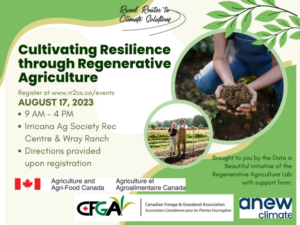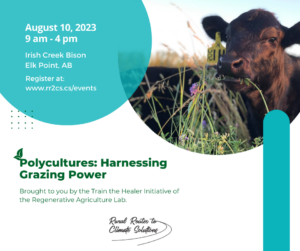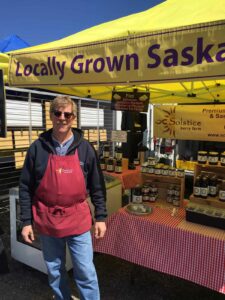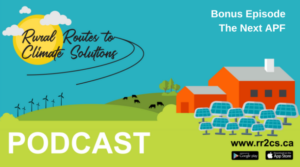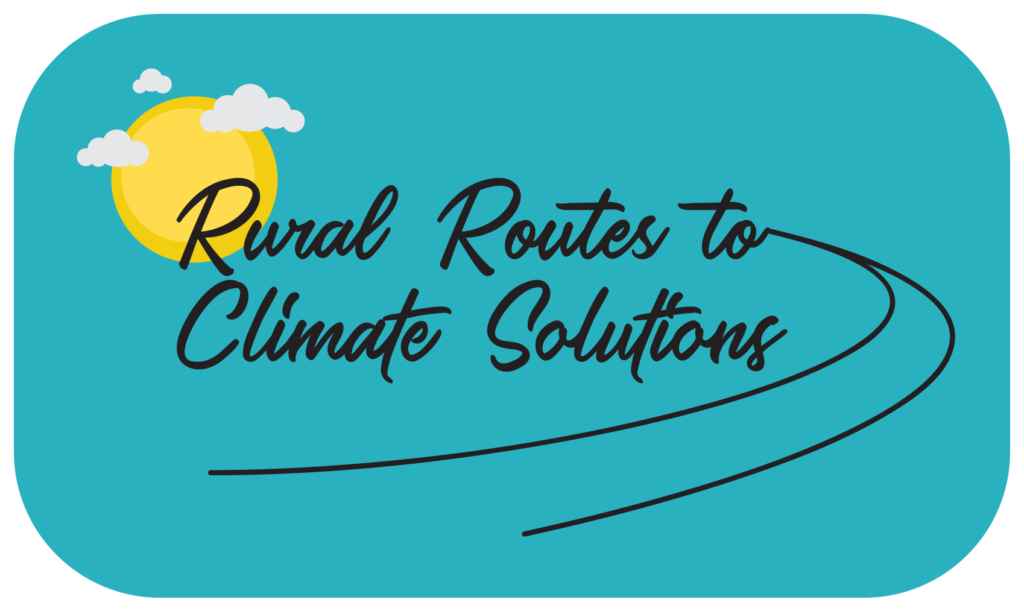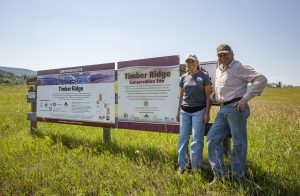
Stewarding the Land, Building the Future: The Story of Timber Ridge Ranch
Since well before regenerative agriculture became a buzzword, Glen and Kelly Hall have been quietly practicing its principles. At Timber Ridge ranch, near Stavely, Alberta the Halls are blending time-honoured traditions of ranching with forward thinking practices that put soil, water and biodiversity at the centre of the story.
Ranching in today’s agricultural climate come with its challenges – rising costs, extreme weather and difficulties with expansion and succession to name a few. That’s why the Halls, in partnership with conservation organizations and impact investors have embraced a bold alternative – steward ownership.
We spoke to the Halls about this innovate model, which flips conventional farm financing on its head. We discussed putting the stewards (producers) at the centre, how they set up collaborative agreements and how this is helping them plan for a successful future at Timber Ridge.
It’s clear from this conversation that connections underpin the whole system – connection to the land, the animals and their community. Glen and Kelly are living proof that when innovative thinking meets a deep rooted care for the land, anything is possible.

